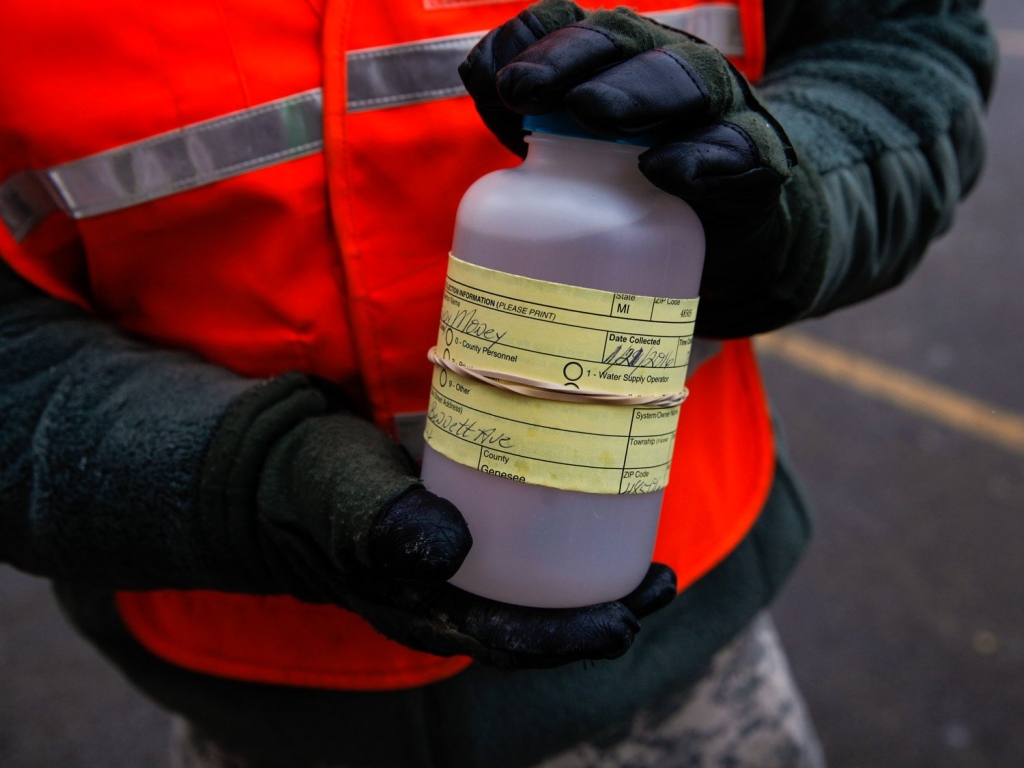-
Tips for becoming a good boxer - November 6, 2020
-
7 expert tips for making your hens night a memorable one - November 6, 2020
-
5 reasons to host your Christmas party on a cruise boat - November 6, 2020
-
What to do when you’re charged with a crime - November 6, 2020
-
Should you get one or multiple dogs? Here’s all you need to know - November 3, 2020
-
A Guide: How to Build Your Very Own Magic Mirror - February 14, 2019
-
Our Top Inspirational Baseball Stars - November 24, 2018
-
Five Tech Tools That Will Help You Turn Your Blog into a Business - November 24, 2018
-
How to Indulge on Vacation without Expanding Your Waist - November 9, 2018
-
5 Strategies for Businesses to Appeal to Today’s Increasingly Mobile-Crazed Customers - November 9, 2018
Researchers upbeat, say Flint water improving from lead mess
Thursday morning, researchers from Virginia Tech will release the results of the third round of testing on Flint’s drinking water.
Advertisement
This latest round of tests was conducted earlier this summer and it may show lead levels have fallen further.
The head of the team says the situation is “dramatically better” than a year ago when he sounded the alarm over lead due to a lack of corrosion controls.
That’s when the city started using the Flint River for its supply.
The Flint water crisis drew widespread attention last fall when government officials finally acknowledged a unsafe level of lead in water supply was likely caused by failing to add corrosion controls to a new water source.
Edwards said in the next six months, Flint should see dramatic improvements.
“It might very well, across the country, take 100 years before we get all the lead plumbing out”, said Edwards. The city has been under a federal state of emergency due to expire later this month.
Advertisement
“Homeowners in Flint should continue to follow the state and EPA’s advice of using their lead filters and continuing to drink bottled water”, Virginia Tech Ph.D. student Kelsey Pieper said. A USA Today report found excessive lead levels in almost 2,000 water systems in all 50 states.





























